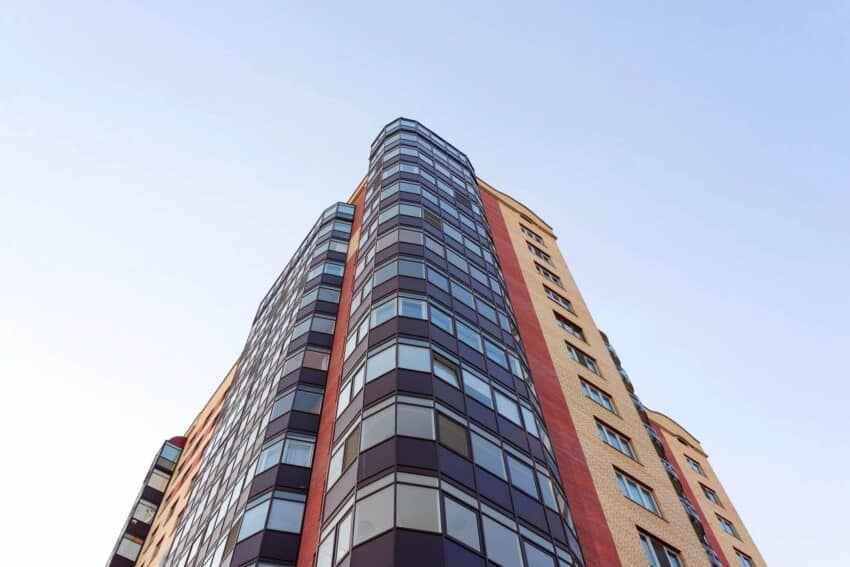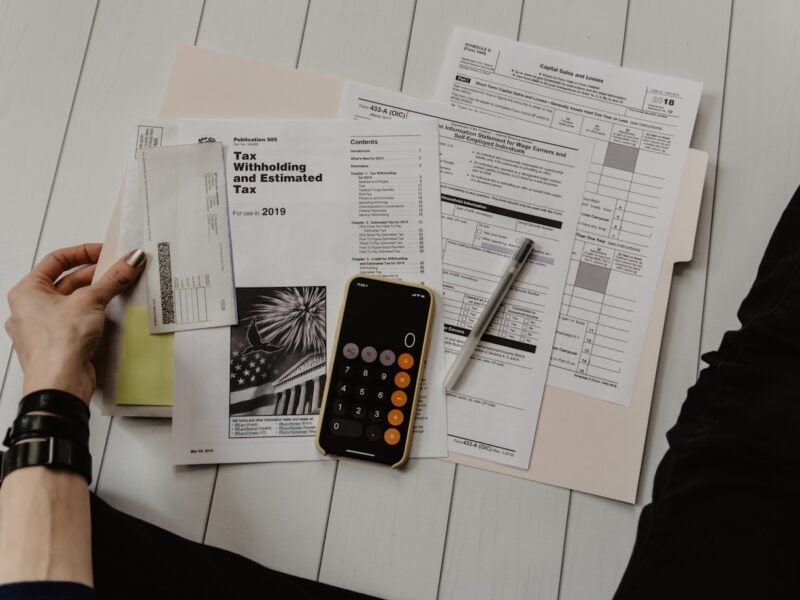The longevity, appearance, and performance of a building may hinge on the quality of the construction materials used. Building envelopes such as claddings dictate your property’s aesthetics as well as protect it from inclement weather.

With increased scrutiny in the construction industry over the quality and accreditation of products used in the building environment, you may need to turn towards well-known standards to establish a framework for specifying materials to purchase. This guide will focus on CWCT testing, an authoritative standard commonly used in rainscreen testing.
What Is CWCT?
The Center for Window and Cladding Technology is an industry-funded body that provides standards and performance criteria for building envelopes and glazing products. Founded in 1989, the CWCT Standards Committee establishes the specifications and criteria that determine the serviceability of cladding and window systems.
You can use the CWCT testing framework to verify the quality of claddings, curtain walls, windows, and doors used in your construction project.
What Does It Entail?
The Center for Window and Cladding Technology provides test methods that window facade and exterior cladding manufacturers use to determine how their products perform in certain weather conditions.
A typical test procedure may include individual sections for:
- Air permeability
- Impact testing
- Wind loading
- Water tightness
- Controlled dismantle
The guidance and modules provided by CWCT focus on two major areas: the performance of the building product from a physical point of view and the maintenance and servicing requirements from a client’s perspective. You can find the best tips for maintenance and emergency control in your business building here.
The final test results allow you only to use products that can withstand extreme weather conditions while maintaining aesthetic appeal.
What Happens During The CWCT Test?
The CWCT test modules fall primarily into two standards categories: sequence A and sequence B. Sequence B is more popular, comprising impact testing, water penetration, wind loading, and air permeability. Here is a more detailed look into each procedure.
Water Tightness
CWCT testing on water permeability seeks to identify leaks on the exterior cladding, window facades, or skylights to use on your building. The technicians set up a testing rig subjected to different water pressures for the assessment.
Hose testing involves using a compressor to force water through a nozzle, creating a constant pressure directed at the material at a perpendicular angle. The method is popular for testing permanently sealed joints.
Spray bar testing involves using water sprays that mimic rain to identify water flow around the cladding system. The test providers may use a long bar with several holes drilled at specified intervals.
The spray bar delivers a water spray at a set pressure range, ensuring a continuous film of water forms over the cladding surface. The test is ideal for open-jointed systems, identifying resistance against water penetration by surface runoff.
Air Permeability
The air-tightness test assesses the performance of windows, doors, cladding, and curtain walling in resisting air penetration despite the wind loads on the products. Testing centers often customize the methods depending on the needs of the respective clients.
Wind Resistance
These modules focus on the serviceability and safety of the product. The test conductors set up a testing rig with a clad wall in an enclosed space. The technicians pump in air into the sealed chamber and then suck it out, creating dynamic pressure.
Positive pressure acts as a load on the cladding, while negative pressure tries to pull the clads out. Any gaps that develop from the previously airtight walls may point out the faults in the system. The test can also identify stress limits on the rainscreen cladding material.
Impact Testing
CWCT classifies impact testing into two: hard body- and soft body tests. Hard body testing uses a steel ball swung at the test material from a specified distance. The final results point towards the maximum point load impact that the cladding can sustain.
Soft body tests involve a series of sequences. The test conductors swing a bag filled with glass spheres at the test material from different distances. The technicians mark out dents and their respective sizes to identify the level of impact that the material can bear.
Why Is It Important?
Exterior claddings and window facades that undergo the CWCT series of tests receive a pass or fail, indicated in the final report. You can use the CWCT certifications to guarantee the quality of claddings, windows, and door products used in your construction.
Conclusion
As regulators continue to increase their scrutiny on construction material use, industry professionals can rely on CWCT tests to verify the serviceability and safety of using wall claddings.


